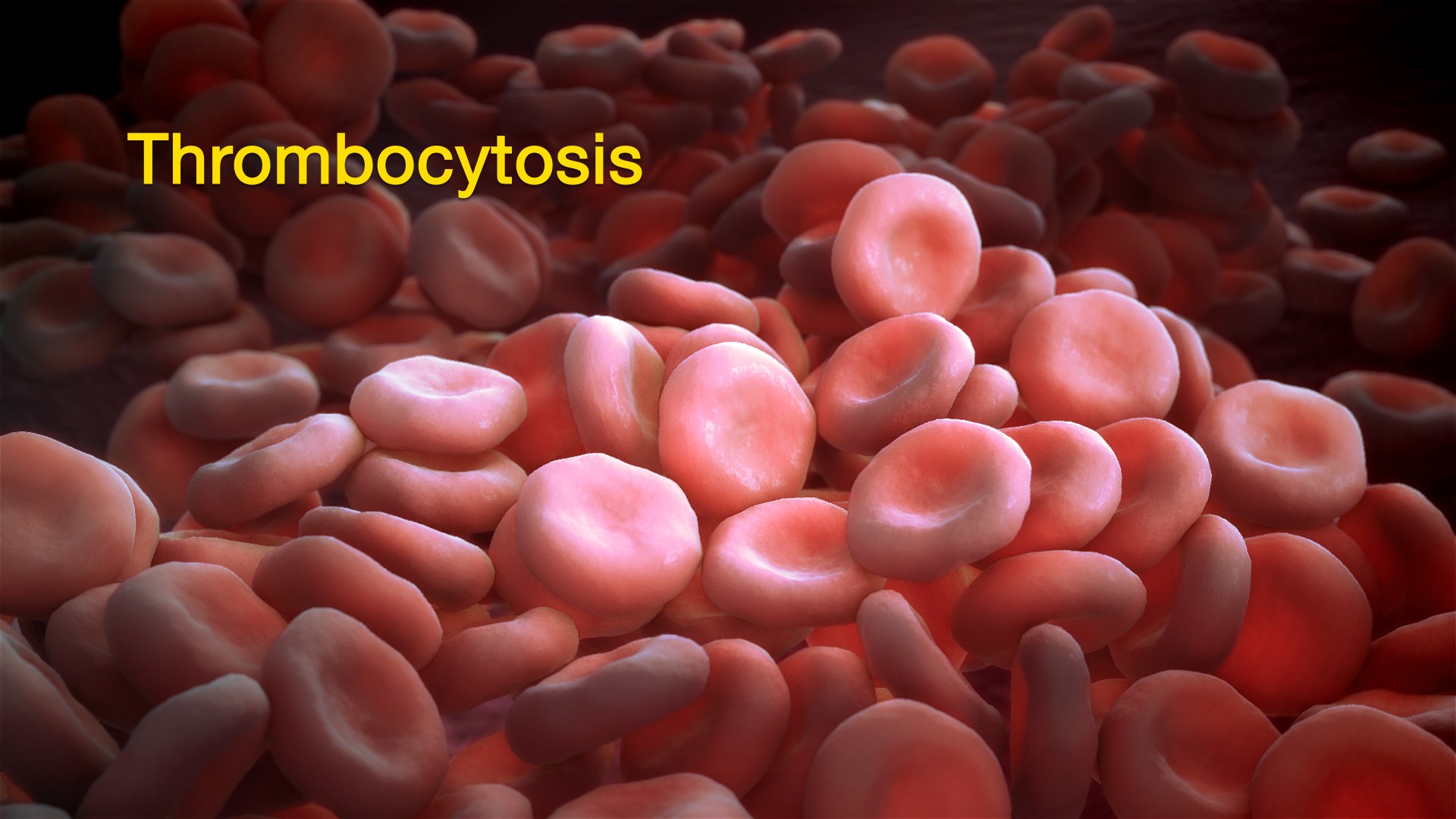A disorder in which the body produces excessive platelets is known as thrombocytosis. Blood cells in the bone marrow play a very important role by forming blood clots and are called platelets. Platelets help in stopping the bleeding by sticking together and hence forming a clot. Thrombocytosis is of two types:
- Primary or Essential thrombocythemia is one in which there is no underlying condition to cause it. It is a blood and bone marrow disease.
- Secondary or Reactive thrombocytosis is one that is caused due to an underlying medical condition such as an infection that causes it.
Too many platelets in the blood can be dangerous as they can cause a heart attack or a stroke or clots in blood vessels, in some cases.

Symptoms
Most people suffering from thrombocytosis do not experience any signs or symptoms of the disease. In the case of secondary thrombocytosis, the symptoms are of the underlying disease or condition that has caused the thrombocytosis. In primary thrombocythemia, symptoms are related to bleeding and blood clots such as:
- Headaches
- Weakness
- Pain in the chest
- Numbness and tingling in hands and feet
- Dizziness
- Bruising of the skin
- Bleeding from various parts of the body such as nose, gums, mouth and even the intestinal tract
Causes
There is no specific cause for Primary Thrombocythemia and is not considered a genetic disorder, but it could be caused due to mutations in various genes. Secondary or Reactive thrombocytosis is the most common one and is caused due to underlying medical conditions such as:
- Cancer
- Deficiency of iron
- Acute bleeding
- Infections
- Trauma
- Surgery
- Removal of the spleen
- Inflammatory disorders
- Hemolytic anemia ( a disorder in which the body destroys platelets faster than it produces them )
Primary thrombocythemia is a rarer form of thrombocytosis and the risk of getting a heart attack or a stroke is high because the bone marrow produces too many platelets and these platelets are abnormal.
Treatment
Secondary thrombocytosis usually does not need any treatment at all and treating the underlying condition will cure it. In case of essential thrombocythemia, if the condition is stable and there are no symptoms and signs, there is commonly no need for any treatment. Some drugs may be prescribed if there is a history of bleeding and blood clots, there is a risk factor for heart disease, age is older than 60, and platelet counts exceed a million. In certain severe cases where the thrombocythemia is life-threatening, the excess platelets are removed through a procedure called plateletpheresis. In this procedure, blood is removed from the body through a special instrument, the blood platelets are removed from it and then the filtered blood is returned to the body.
Thrombocytosis can be diagnosed through a routine blood test. If thrombocytosis is detected then it is important to find out whether it is Essential thrombocythemia or Secondary thrombocytosis so that the treatment can be carried out and the disease managed.
Disclaimer: The information in no way constitutes, or should be construed as medical advice. Nor is the above article an endorsement of any research findings discussed in the article an endorsement for any of the source publications.








